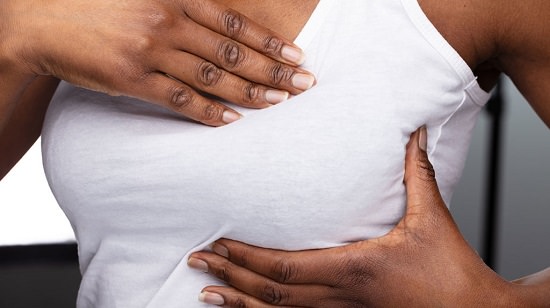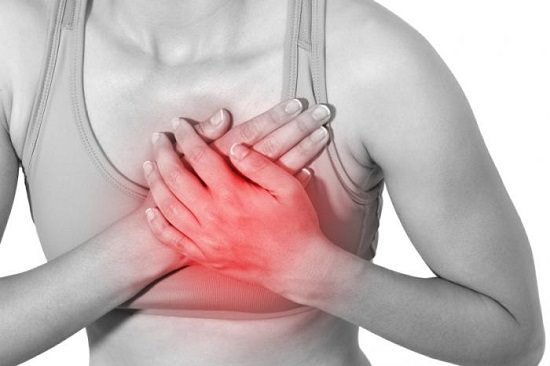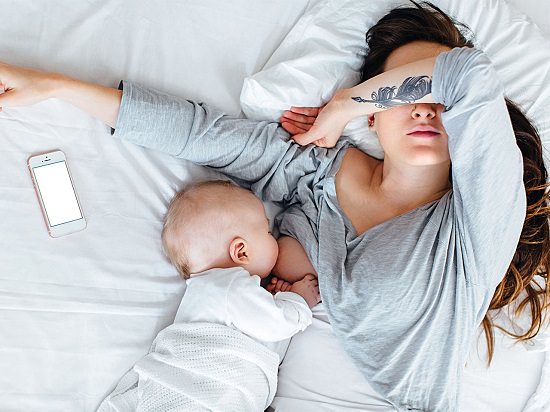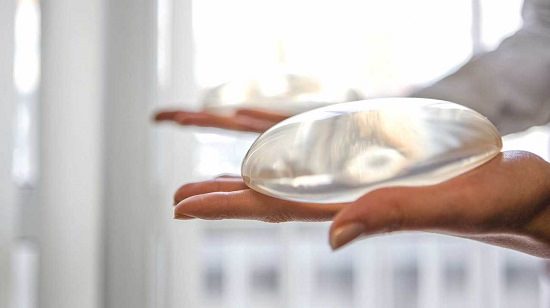Ever wondered why your boobs hurt during cold climate? Read on to find out the reason behind it.
Breast and Breast Pain
Breasts are unique to the individual, with a wide range in size, shape, volume, nipple and areola presentation, location, and overall appearance. No two pairs are the same, in fact, there may be notable differences even within a set. Breasts are primarily composed of connective tissue and a layer of subcutaneous fat that encompasses a network of ducts that converge at the nipple. There are lobules and alveolar clusters at the end of ducts. This is the site of milk production and storage, in response to hormonal signals during pregnancy.
Mastalgia is the blanket term that describes all types of breast pain. Tenderness, throbbing, sharpness, stabbing, burning pain, or tightness in the breast tissue can cause the breast to ache.
Classification of Mastalgia
1. Cyclic
It results from episodes of hormonal fluctuations linked with the menstrual cycle: puberty, pregnancy, and menopause. It is described as dull, heavy, and aching accompanied by breast swelling, fullness, or lumpiness. Affecting both breasts, it intensifies in the two weeks leading up to your period and tapers off afterward. Hormones, estrogen, and progesterone are often the driving factors, increasing the size and number of milk ducts and glands.
2. Non- cyclic
Hormones do not trigger it and it can affect one or both breasts. The pain may be constant or intermittent burning, stabbing, soreness, or tightening. It is also often localized to one area.
Boobs Hurt During Cold Climate
Vasospasm usually leads to Mastalgia associated with cold weather. The blood vessels in the nipples constrict/ tighten in response to the temperature drop. Women with poor circulation, low body mass index, or family history of Raynaud’s phenomenon are often susceptible. Pregnant and breastfeeding women are more vulnerable to this pain as their breasts and nipples are highly sensitive.
For pain relief
Gently apply a heat pack or have a warm bath or shower to avoid much cold exposure. Additonally, layer up with thick clothes and take Fish oil capsules, magnesium tablets, or evening primrose oil to improve blood vessel relaxation. You can consult a physician before taking any of these medications.
Other Causes of Non-Cyclic Breast Pain
1. Breast Cysts
With age, breasts undergo a change in composition and texture, where tissue is replaced by fat. This is linked with the formation of lumpy fibrocystic tissue and breast tenderness. Trained physicians drain other non-cancerous cysts.
2. Breastfeeding
An improper latch while feeding will hurt the nipple. Incomplete emptying of breasts can lead to painful engorgement. Lactation mastitis is infection and inflammation of clogged milk ducts, itching, and a persistent burning sensation.
3. Certain Medications
Hormone therapies (birth control pills, hormone replacement, or infertility treatments), antidepressants, medication for heart failure and blood pressure can all lead to breast pain. Talk to your doctor for alternative options.
4. Exercises
A pulled muscle in the back, arm, or chest due to vigorous activities like rowing, swimming, exercise can lead to a sharp pain in the breast. Chest injury or broken ribs and Costochondritis are some other reasons.
5. Complications from Breast Implants
Implant rupture or scar tissue formation can be a reason for breast tenderness and a sharp pain in one or both of the breasts.
Others
- Eczema or contact dermatitis on the breasts.
- Inflammatory breast cancer is rare and aggressive.
- An unhealthy diet high in fats and unrefined sugars can lead to a fatty acid imbalance and increased breast sensitivity.
- Large breasts that weigh down on the chest, neck, and shoulders.
- Smoking increases epinephrine levels and produces pain.
- Trauma or injury that leaves the breast feeling tender.
- Using an ill-fitting, unsupportive bra can strain/overstretch the ligaments that attach breasts to the chest wall.
Go To The Doctor If
Your breast pain is not spreading, persistent lasts longer than three weeks, and does not reduce in intensity. Or, if you notice a lump, or if there is unusual discharge from the nipples.
If pain is accompanied by fever and chills and if there are sudden changes in the breast texture and appearance, you must visit a doctor asap.




